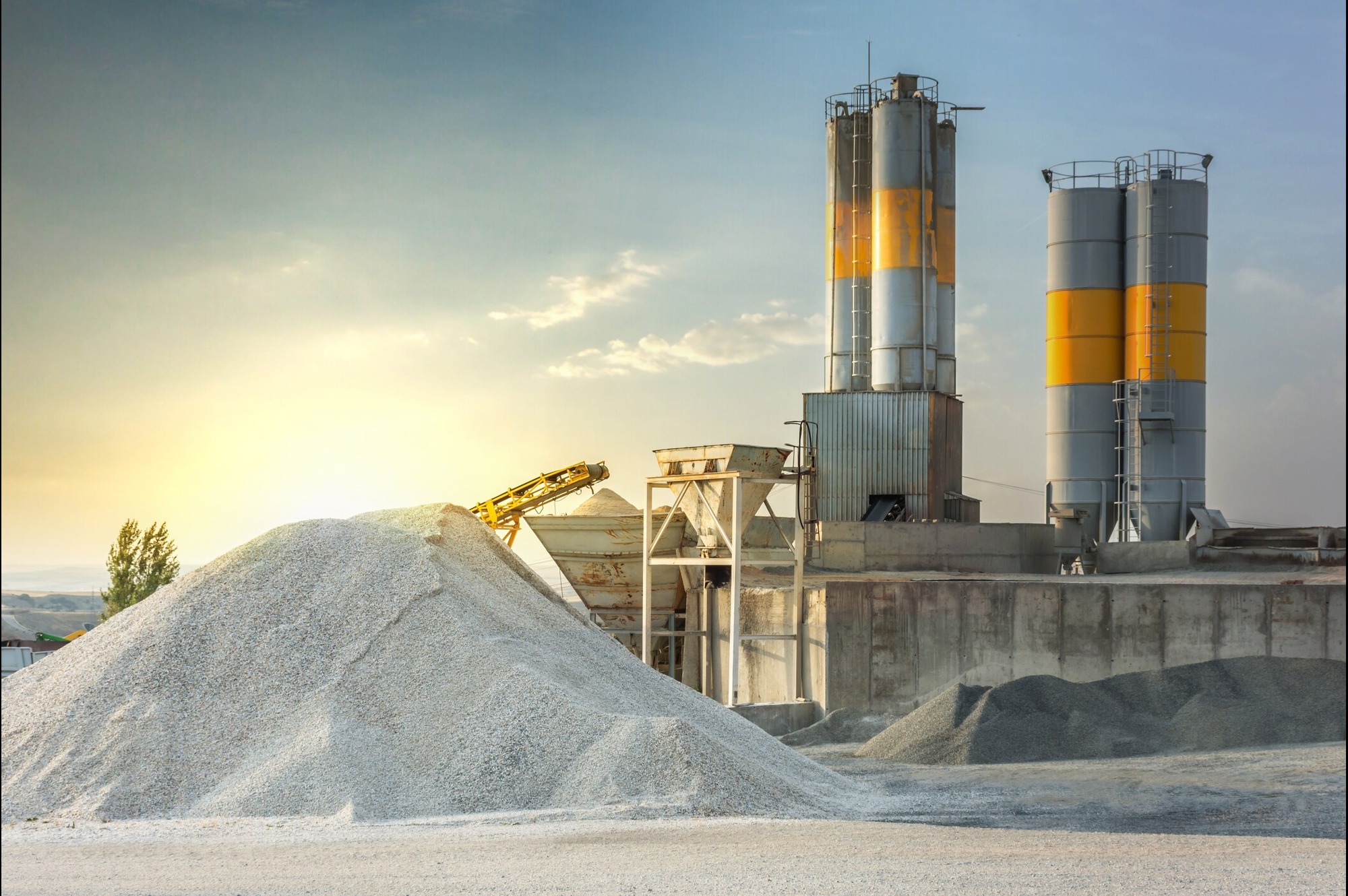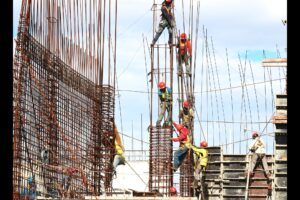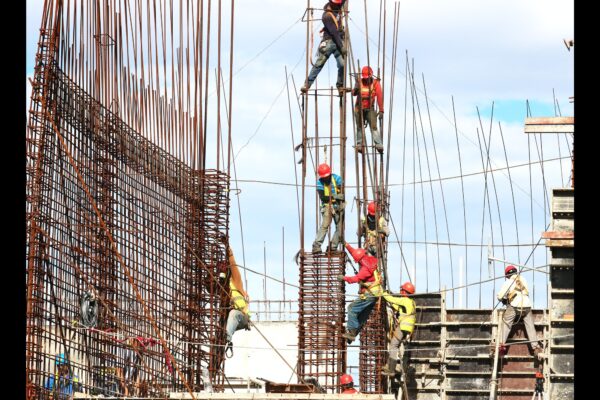Crisil Ratings: Cement makers to regain decadal average profitability this fiscal on demand revival
Growth in India’s cement demand will recover to 6.5-7.5% this fiscal after falling to ~5% last fiscal. This, coupled with an uptick in realisations, will lift operating profitability1 by ~Rs 100, to a level just above the decadal average.
Healthy accrual coupled with robust balance sheets will keep the credit profiles of cement makers stable.
A Crisil analysis of 17 cement companies, accounting for over 85% of domestic sales volume, indicates as much.Last fiscal, cement demand hit a soft patch in the first half and reported a tepid growth of 2-3% owing to slowdown in construction activities due to the general elections and erratic monsoon. However, there was a recovery in the second half leading to annual demand growth of ~5%.
Says Sehul Bhatt, Director, Crisil Intelligence, “This fiscal, cement demand will be driven by a 7-8% growth in the rural housing segment, which accounts for a third of the domestic demand. Indeed, rural housing demand will replace infrastructure segment as the primary demand driver this fiscal owing to expectations of rise in agricultural income on likely healthy monsoon. Higher disposable income on account of lower interest rates and tax cuts as well as benign inflation will also support rural housing demand.”
On its part, the infrastructure segment, the second-largest contributor to cement demand with ~30% share, is expected to grow at a relatively slow, but steady, pace owing to lower awarding of national highway projects in the previous two fiscals and muted capital outlay growth for railways. Meanwhile, cement prices witnessed healthy uptick in the first quarter of the current fiscal and are expected to rise 2-4% this fiscal after two consecutive years of price lull.
Says Anand Kulkarni, Director, Crisil Ratings, “Along with higher demand, a recovery in realisations, amid stable costs, will lift the operating profitability of cement makers to Rs 975-1,000 per tonne this fiscal against ~Rs 880 per tonne last fiscal and the decadal average of ~Rs 965 per tonne. Increasing proportion of competitively sourced green energy in the power mix will lead to some savings in power and fuel costs. This will support profitability by offsetting the Rs 20-30 per tonne rise in raw material prices due to higher cost of limestone, fly ash and slag.”
The resultant increase in cash accrual will reduce reliance on external borrowings to fund capital expenditure.
Accordingly, the net debt to Ebitda multiple is estimated to decline from a five-year peak of 1.3 times in fiscal 2025 to 1.0-1.2 times this fiscal, keeping credit profiles stable.
That said, an extended monsoon impacting construction activity or lower infrastructure spend, which can affect demand, and any adverse movement in commodity and energy prices owing to global geopolitical tensions, which may dent profitability, will bear watching.
Tags














